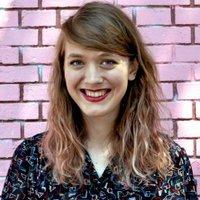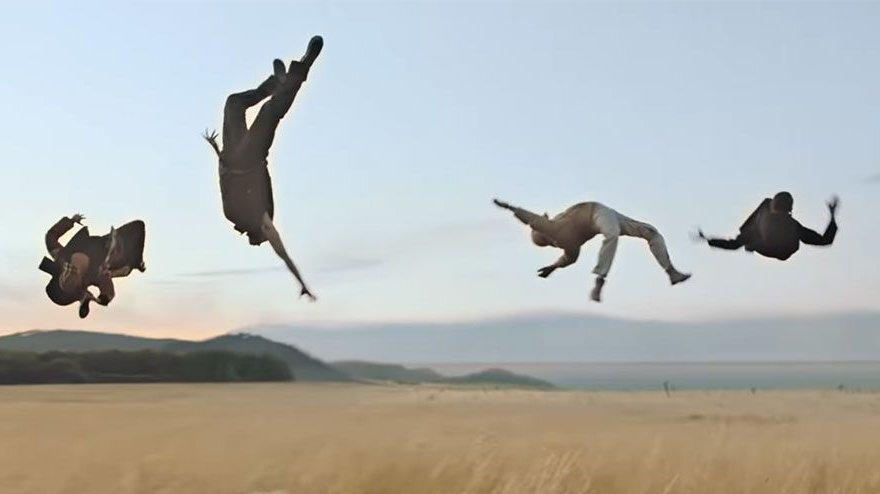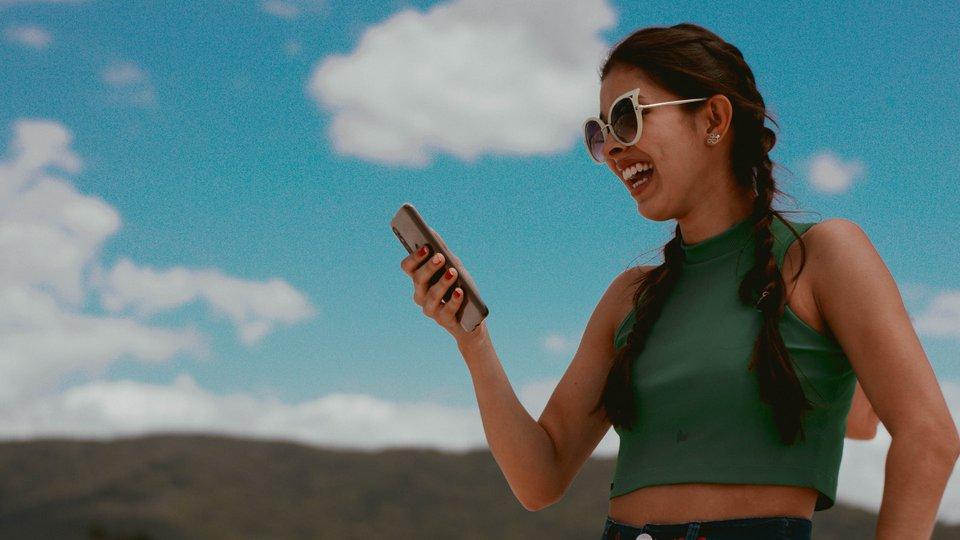
With China’s beauty market tipped to reach a value of $62 billion in 2020, brands need to bring their “A” game into the new decade. Here are the six beauty marketing trends brands should be following and responding to as the new year gets underway.
1. Cultural Collaborations
One of the beauty marketing trends in 2020 we will talk about is cultural collaborations. China’s domestic beauty brands are thinking outside the box with unexpected crossovers and limited-edition partnerships in the cultural and artistic sectors that are paying off, striking a chord with culturally savvy Chinese consumers. In one memorable case, Perfect Diary partnered with the Discovery Channel for the release of a 12-color eyeshadow palette decorated with wild animals. The line, called Explorer, went viral on social media, attracting more than 100,000 pre-orders and even more sold in each of the six months after its initial release.
Earlier this year, Perfect Diary also worked with The Met ahead of the Met Gala for a lipstick series, using the royal portraits inside the museum as inspiration. Its line was among the top-selling lipsticks during the June 18 online shopping festival, selling more than 800,000 units.

A recent collaboration between beauty giant SK-II and retailer Opening Ceremony also highlighted the relationship between cosmetics and art. The brands hosted an exhibition titled “Power of Pitera,” inviting artists from around the world to create and display works in a variety of media that focused on the depictions of faces. Presented under the tagline “reshaping brand culture through art,” the exhibition was well-received by advertising commentators and featured actresses Tang Wei and Ayase Haruka posing for photographer Zhong Ling.
Partnership possibilities are endless, as long as they connect with an institution or a popular television series that has people talking. For example, Marie Dalgar partnered with the CCTV documentary series “National Treasure” for a limited-edition lipstick and built a well-earned reputation among consumers for championing Chinese heritage. Collaborations don’t even need to be in the realm of high culture as long as it will reach the masses in popular spaces—similarly to Cheetos’ beauty-focused marketing campaign in Western social media circles, China’s Marie Dalgar worked with KFC in 2017 for advertising campaigns that generated 12 million RMB in revenue over three days and 1.4 million visits to Marie Dalgar’s Tmall store.
2. Product Launches around Trending Topics
In a similar vein, one of the beauty marketing trends you don’t want to miss is that beauty brands are leveraging trending conversation topics and memes for marketing campaigns. Everyone creates special products to tie in with Chinese holidays—above all, for Spring Festival and Mid-Autumn Festival—and e-commerce events like Singles’ Day. Now, brands are riding on a broader range of events and conversations, hoping they can attract some of the spotlights for themselves. In recent years, a number of brands have released Spring Festival campaigns engaging sincerely with some of the serious issues and dilemmas young people face around the holiday when tensions can run high with family visits. For example, SK-II’s 2019 Spring Festival campaign addressed the pressure many unmarried Chinese women face when they return home.
Exemplary case studies prove that brands can be bold and cross into new product categories in their collaborations. For example, Marie Dalgar teamed up with brewing giant Heineken and Tmall earlier this year to release a “forgiveness” gift box. The gift box was released on Tmall’s “Fans Day” to coincide with the European Champions’ League soccer final (), which Heineken sponsors. The hook: soccer lovers could give their partners a gift box to beg “forgiveness” and apologize for ignoring them while watching the final. “Wearing a green cap” in Chinese means “to cheat on your loved one”–in this case, with soccer. Two boxes were offered in “his” and “hers” editions. One box featured green lipsticks in beer and green tea flavors, while the other contained limited-edition Champions’ League bottles of Heineken.
A tie-in like this allowed Marie Dalgar to piggyback on one of the world’s biggest sporting occasions to inspire conversations about its lipsticks. Out of a limited edition run of 3,000 units, Marie Dalgar sold 1,000 units within 10 minutes. The campaign reached 62 million consumers online, with a total of 50 million engagements.
Brands don’t need to try to turn every trending topic into a discussion about themselves. A great social team may have the wit to score regular hits with a range of topics, but those who are too eager will look desperate, if not inappropriate. Instead, brands should start by combing the calendar for annual and upcoming events that align with their products or values. This could mean cultural and sporting events, awards shows, festivals, and concerts. It could mean paying attention to what’s big in the culture, from celebrities, memes, and slang, to TV shows and movies. From there, it’s all about getting creative and exploring what the brand can add to the discussion, how it can work with KOLs to do so, and how that can lead to conversions.
3. Fresh Faces
Several years after they first emerged, the first wave of “Little Fresh Meat” stars like Lu Han and Kris Wu are now household names. The enviable skin and fresh-faced appeal of the original xiaoxianrou stars mean they’re still a ubiquitous presence in Chinese beauty advertising. Jackson Yee advertised a lipstick for Givenchy, before cutting ties when nationalist netizens attacked the brand over a T-shirt they deemed offensive. Just last month, Dior named TFBoys star Wang Junkai its China brand ambassador.
However, a new crop of handsome young stars is on the rise, the product of a conveyor belt of talent generated by proliferating talent shows, reality shows, and variety shows streaming online and on traditional Chinese TV. Perfect Diary is one brand that has embraced the arrival of these new fresh faces. The brand appointed Zhu Zhengting as its lipstick spokesman and Lai Kuan-lin as its foundation spokesman, two emerging idols who made their debut in talent reality shows. Perfect Diary has also led the way in campaign collaborations with trending KOLs like Austin Li on Douyin.
Of course, male celebrities are just one segment of the male beauty space that brands should be paying attention to this year—male beauty influencers are on the rise and will become a crucial resource for brands as more men explore skincare and makeup in China. See PARKLU’s article on male beauty influencers for more.
4. Creative New Retail Era
Beauty brands are exploring new concepts in the space between traditional boutiques and online commerce. Marie Dalgar was the first beauty brand to launch a vending machine specifically for beauty products, but this approach has proved popular, and a number of other beauty brands have subsequently adopted the format. Marie Dalgar also opened an unstaffed offline store named ‘To Go,” complete with AR mirror technology that allows consumers to “try” items without experiencing the pressure many customers feel they get from shop assistants.

Beijing-based Supermakeup extended the on-the-go beauty concept with its “beauty charging stations”. These are essentially enclosed grooming stations inside shopping malls, where customers can scan for entry then pay to use a range of beauty products and appliances, all while relaxing in a comfortable chair.
These outside-the-box concepts help get brands out in the real world in new formats, providing new opportunities for KOLs or customers to interact with the brand and its products in unexpected and memorable ways.
5. Private Traffic is King
Last week, we talked about how brands can leverage private traffic to gain more “Key Opinion Customers” (KOCs) and boost their ROI. This strategy is especially suited for the beauty category, where customers are often making repeat purchases and tend to have an unlimited amount of talking points, from questions about ingredients to tips on how to apply products. Perfect Diary is a model example of a brand that has capitalized on “private traffic” by cultivating thousands of devoted brand fans across hundreds of WeChat groups dedicated to fostering exclusive conversations and information around its products.
Beauty brands shouldn’t miss out on this opportunity. They can either initiate consumer communities on one-to-one messaging platforms like WeChat or QQ on their own or leave it to KOLs to form their own networks of KOCs around niche subjects. Sometimes, customers might start these communities on their own in the West, Glossier has a huge collection of brand fans on Reddit, some of whom pose genuine questions and share feedback around various products. Glossier ambassadors and influencers are also active in these circles, sharing creative makeup ideas using specific products like this face chart.
The best part? If they’re successful, the power of word of mouth amid these tight-knit, niche groups creates new customers and sales without the extra investment, helping brand campaigns go a lot further.
6. Experiences Endure
If any proof was needed, Yves Saint Laurent’s “Beauty Hotel” pop-up last year showed the enduring power of experiential marketing, which is considered to be one of the top beauty marketing trends in 2020. A novel, imaginative and well-executed offline event can both bring a brand alive to new consumers, and reaffirm the brand’s value to existing customers. Brands can now use live broadcasts to give online audiences a taste of the experience.
Chanel’s Coco Game Center has been a huge hit in Shanghai, Hong Kong and across other Asian markets over the past year, bringing together retro arcade games and exploration of Chanel’s beauty products into one fun-focused package.

In October, skincare brand La Mer created an immersive pop-up experience at Shanghai’s Power Station of Art. The event delivered a multi-sensory experience combined with powerful elements of brand storytelling.
Clarins has also set the standard with innovative experiential initiatives in Asia, most recently its House of Clarin’s pop-up in Singapore which incorporated augmented reality to take fans behind the scenes of the brand’s products, as well as other interactive features.
Conclusion
It’s very important for marketers to spot trends and catch the next big thing. At the same time, marketers should also understand that when it comes to marketing strategies or trends, everything will start with your consumers. We hope our six beauty marketing trends in 2020 will inspire your future campaigns.
Article originally published on PARKLU. Republished with permission.
Cover image: Reader's Digest










